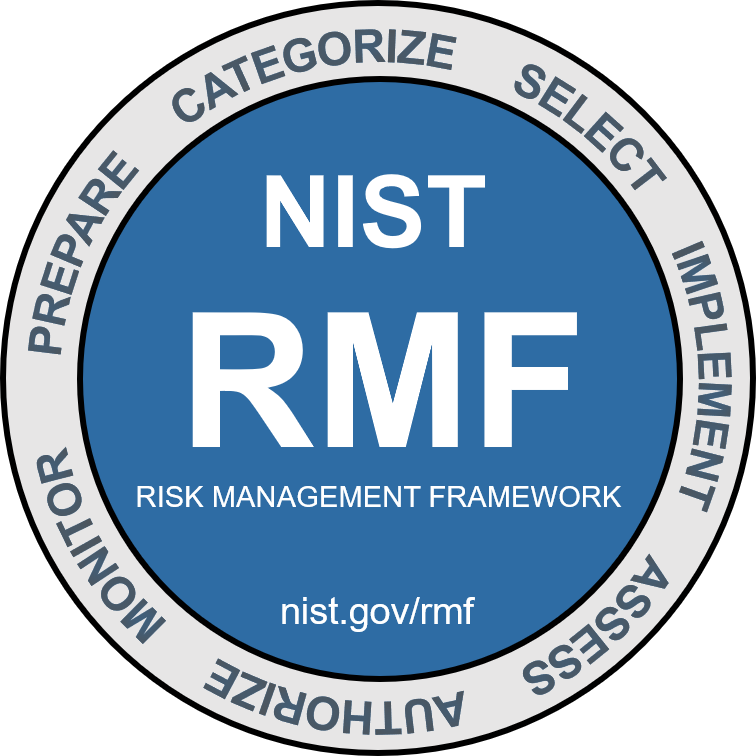 An unofficial archive of your favorite United States government website
An unofficial archive of your favorite United States government website
Official websites do not use .rip
We are an unofficial archive, replace .rip by .gov in the URL to access the official website. Access our document index here.
We are building a provable archive!
A lock (

